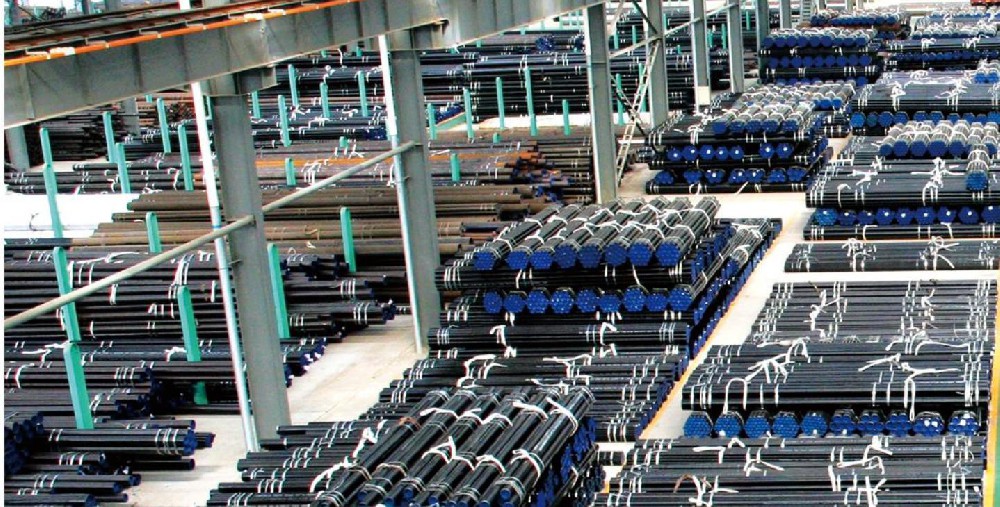

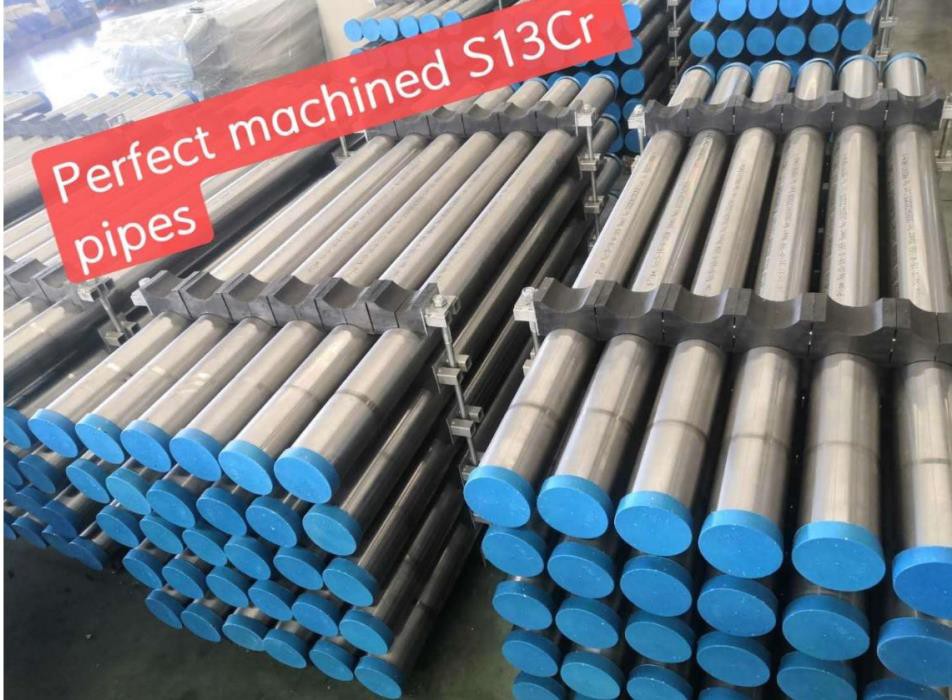
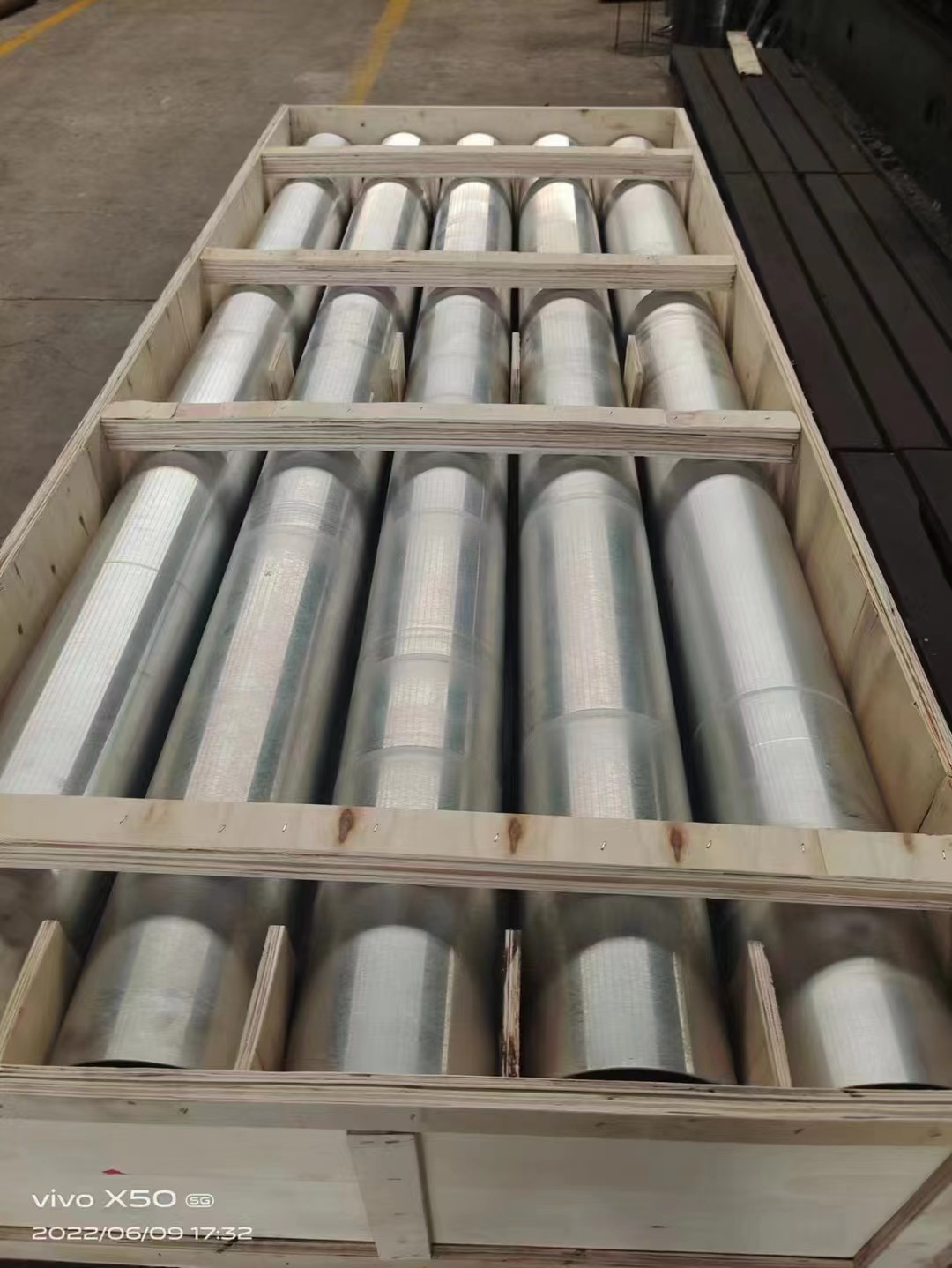
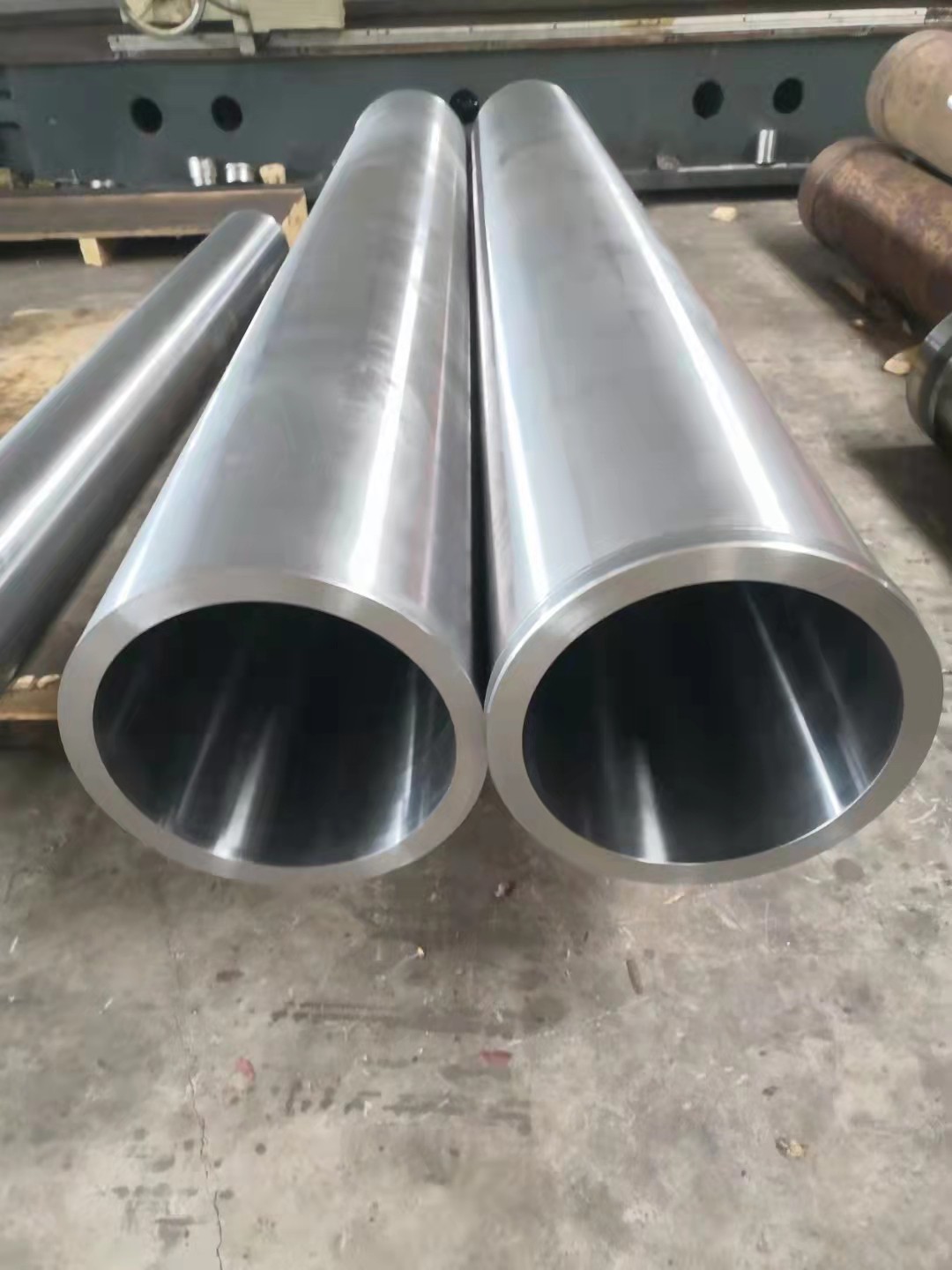
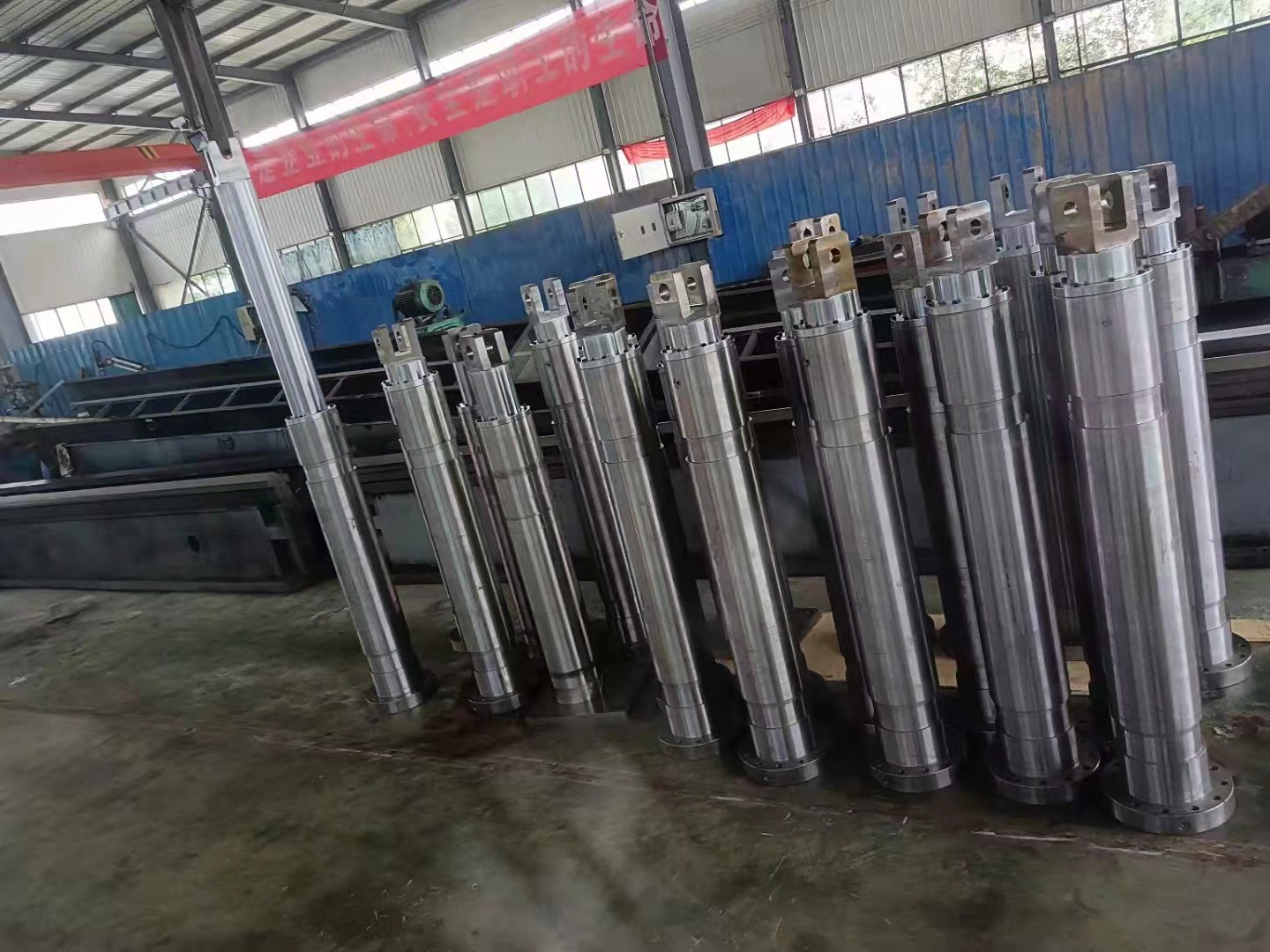
OCTG, or oil country tubular goods, refers to a variety of steel products that are used in the drilling and extraction of oil and gas.
The API 5CT standard covers a wide range of OCTG products, including tubing, casing, and couplings.
BENKOO offer grade L80-1,P110,Q125,13Cr,9Cr,C110 grade for this OCTG application filed.
Also, BENKOO's seamless mechanical tubing inventory and its supply chain work in harmony to give customers the world's most comprehensive availability of steel grades and geometries, grade 4140, 4145,4130,17-4, heavey wall 13Cr(TP410, 420M),S13Cr(S41426,S41427 in 95ksi and 110ksi) and other nickel alloy pipes, like UNS N08825, N08028.
TYPES OF OCTG (DRILL PIPE, CASING AND TUBING)
OCTG stands for oil country tubular goods. It is a family of rolled metal products that are utilized in oil and gas drilling and production operations. The term OCTG encompasses a wide range of products, including drill pipe, casing, and tubing. These products are used to connect the wellhead to the downhole equipment, allowing oil and gas to be extracted from the ground. OCTG is a critical component of the oil and gas industry, and its products are essential for safe and efficient drilling operations.
Drill Pipe
Drill Pipe is a type of pipe that is used in oil and gas wells. It is made up of several different parts, including the kelly, the bit, the drill string, and the casing. The kelly is the part of the drill pipe that is attached to the rig, and it helps to rotate the drill string. The bit is the part of the drill pipe that drills into the rock, and it is usually made of steel or tungsten. The drill string is the part of the drill pipe that extends from the kelly to the bit, and it helps to provide support for the bit as it drills. The casing is the final part of the drill pipe, and it helps to protect the wellbore from collapse. All of these parts work together to help oil and gas wells function properly.
Casing Pipe
Casing and tubing are both used in the process of drilling for petroleum. The casing is placed before drilling begins and surrounds the wellbore. Its purpose is to protect the soil layers and groundwater from contamination by drilling mud and/or frac fluids. Additionally, the casing stabilizes the wellbore. Drilling and casing operations alternate – the drill string is removed at predetermined intervals and the wellbore is lined and cemented with casing.
Tubing
Tubing is used to carry petroleum from the well’s depths to the surface. This is the third phase of the wellbore process. Oil and gas occasionally self-elevate to the surface; however, pumps are typically required to bring the fluids to the surface. Besides the 4 1/2-inch diameter, tubing is normally smaller in diameter than the casing. Consequently, the tubing must be affixed to external support structures, such as a rig or platform, to prevent collapse due to pressure differentials.